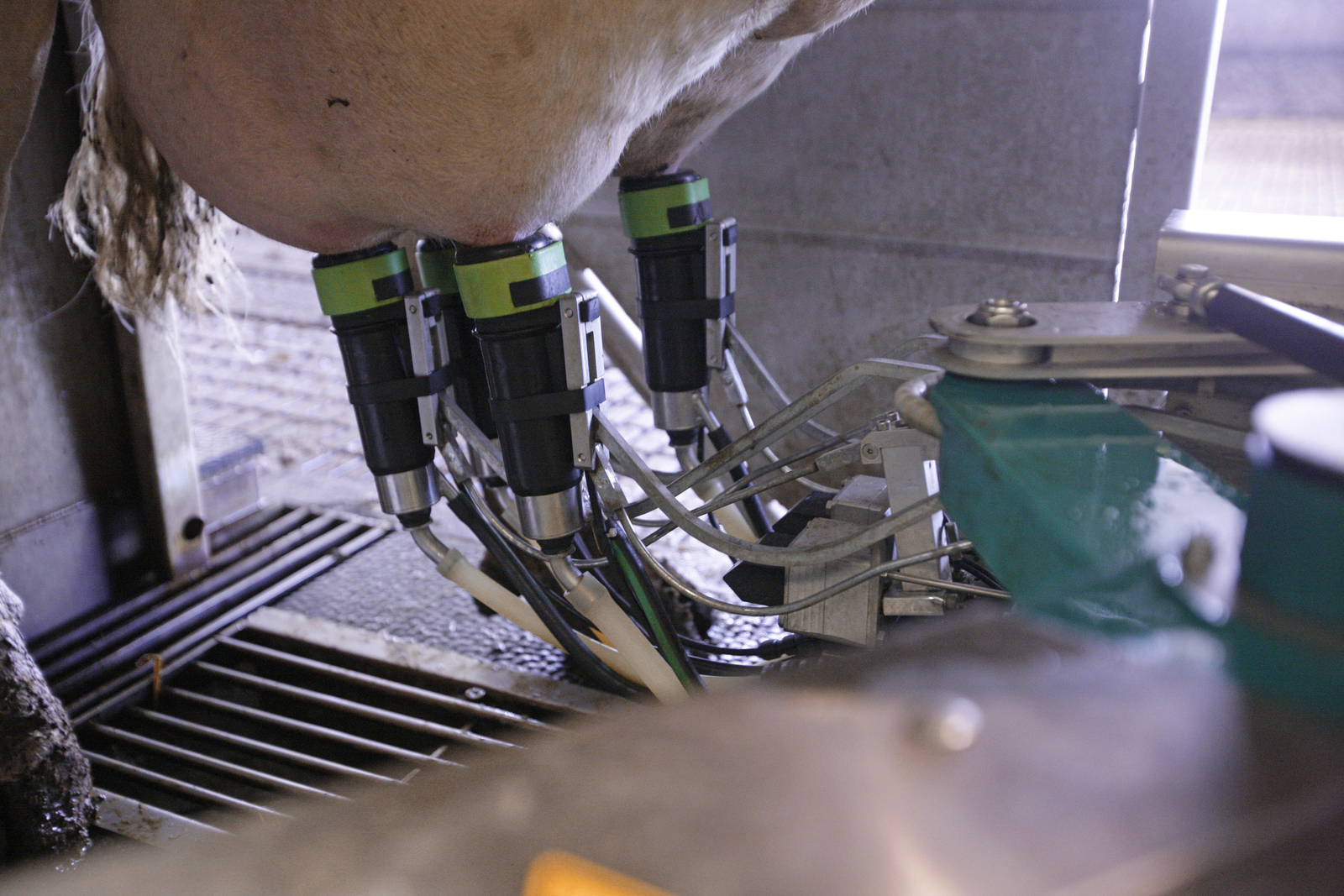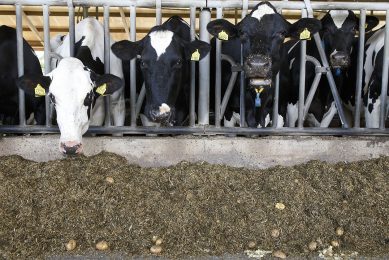Almost 5% more milk using Rumalato

A trial, conducted at Universidad Autonoma de Aguascalientes in Mexico, has shown that when Rumalato (based on malic acid) was included in the diet of Holstein dairy cows, the milk production improved with 1.98 kg or 4.99% per cow per day.
The trial had a duration of five months, the model used was ‘switchback’ with three periods (i.e. Control, Treatment, Control), where each cow (n = 26) was her own control, all cows were above 120 days in milk (DEL) and average production of cows was 10,000 kg/year.
The feed was total mixed ration (TMR), and depending on period, Rumalato (by Norel) was included to ensure intake of 40 g/cow/day. The production data of each cow was obtained with the programme DairyPlan 5. Based on this information from different periods, and the coefficients of McGill University, milk yield projection in 305 days was calculated. The estimated yields were adjusted by covariance for individual milk production and analysed with Statgraphics® programme.
The results showed that inclusion of Rumalato tended to improve milk production (P = 0.0651) at 2.75% in the second period and this improvement achieved 4.99% or 1.98 kg/cow/d in the third period. It was also observed that Rumalato has a cumulative effect, (i.e. removing the product does not decrease the production).











